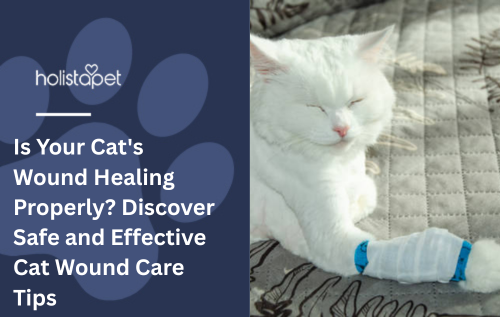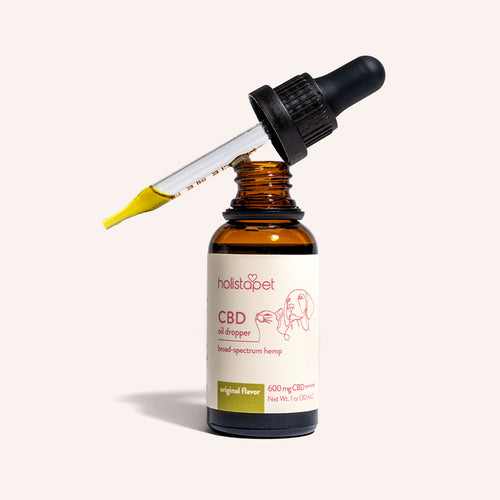When your cat gets injured, it's more than just a scratch—it's a potential health risk. Whether it’s a bite from another pet, a scrape from a fence, or a surgical incision, proper cat wound care is essential for recovery and preventing infections.
In this guide, we’ll break down how to treat minor wounds at home, when to see the vet, and how to monitor healing—so your feline friend stays safe, happy, and healthy.
 Why Cat Wound Care Is Critical
Why Cat Wound Care Is Critical
Cats are naturally curious and agile—but that sometimes leads to injuries. Left untreated, even small wounds can become infected due to bacteria from their claws, saliva, or the environment. That’s why timely and proper cat wound care is a must.
Common causes of cat wounds include:
-
Cat fights or territorial aggression
-
Outdoor accidents or sharp objects
-
Post-surgical incisions
-
Parasite infestations causing self-inflicted scratches
Step-by-Step Guide to Cat Wound Care at Home
For minor, superficial wounds, you can follow these safe steps:
1. Approach With Caution
Injured cats may react aggressively due to pain. Use a towel to gently wrap your cat if needed.
2. Assess the Wound
Is it deep? Bleeding heavily? Showing signs of infection like pus, odor, or swelling? If yes, skip to the vet section below.
3. Clean the Wound Gently
Use a saline solution or lukewarm water to rinse debris and bacteria. Avoid hydrogen peroxide or alcohol—they irritate the tissue.
4. Apply an Antibacterial Ointment
A vet-approved topical treatment can help prevent infection. Do not use human ointments unless your vet confirms it’s safe.
5. Prevent Licking or Scratching
Use an e-collar (cone) if your cat won’t leave the wound alone. Licking can slow healing and worsen infections.
6. Monitor Daily
Check for signs of improvement or any worsening—redness, heat, swelling, or behavioral changes.
When to Take Your Cat to the Vet
Some wounds are beyond home care. Contact your veterinarian if:
-
The wound is deep, bleeding heavily, or jagged
-
There’s pus, foul odor, or black/dead tissue
-
Your cat is limping, lethargic, or hiding
-
You suspect a bite wound—especially from another animal
Important: Cat bite abscesses often form under the skin and may not appear serious at first. Always consult a vet in these cases.
 Frequently Asked Questions
Frequently Asked Questions
1. Can I use human bandages or antibiotic ointments on my cat?
Some products are toxic to cats. Only use bandages and ointments specifically approved for feline use or recommended by your vet.
2. What should I do if my cat keeps licking the wound?
Use an e-collar or a soft recovery suit. Licking can reopen wounds and introduce bacteria.
3. How long do cat wounds take to heal?
Superficial wounds may heal in 7–10 days. Deeper or infected wounds can take longer, especially if not treated properly.
4. What are signs that a wound is infected?
Look for swelling, pus, foul odor, heat around the area, and behavioral changes like hiding or loss of appetite.
5. Should I let a cat wound scab naturally?
Yes, once clean and treated, allow the wound to scab naturally. Avoid picking at scabs—they protect the healing tissue.
Final Thoughts
When it comes to cat wound care, a proactive and gentle approach can prevent complications and speed up healing. While small wounds can often be managed at home, never hesitate to consult a vet if you’re unsure of the severity.
Your cat depends on you to spot the signs early, provide the right treatment, and ensure they recover quickly and comfortably.
✅ Helpful Notes:
-
Always have a basic pet first aid kit on hand.
-
Avoid using essential oils—they can be toxic to cats.
-
If your cat is frequently injured, consider behavioral training or limiting outdoor exposure.


 CBD Oil for Cats - Fast Acting
CBD Oil for Cats - Fast Acting
 CBD Cat Treats - Easy Dose
CBD Cat Treats - Easy Dose
 CBD Calming Chews for Cats - Highly Rated
CBD Calming Chews for Cats - Highly Rated
 CBG Oil for Dogs and Cats - Loved by Thousands
CBG Oil for Dogs and Cats - Loved by Thousands





Leave a comment
This site is protected by hCaptcha and the hCaptcha Privacy Policy and Terms of Service apply.